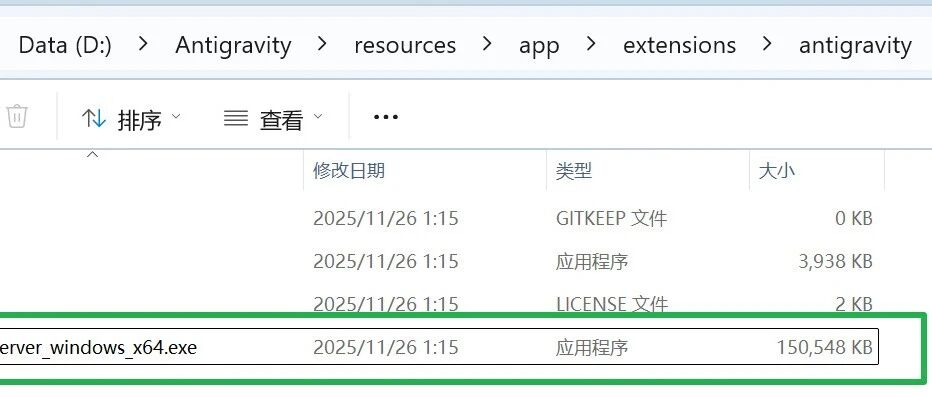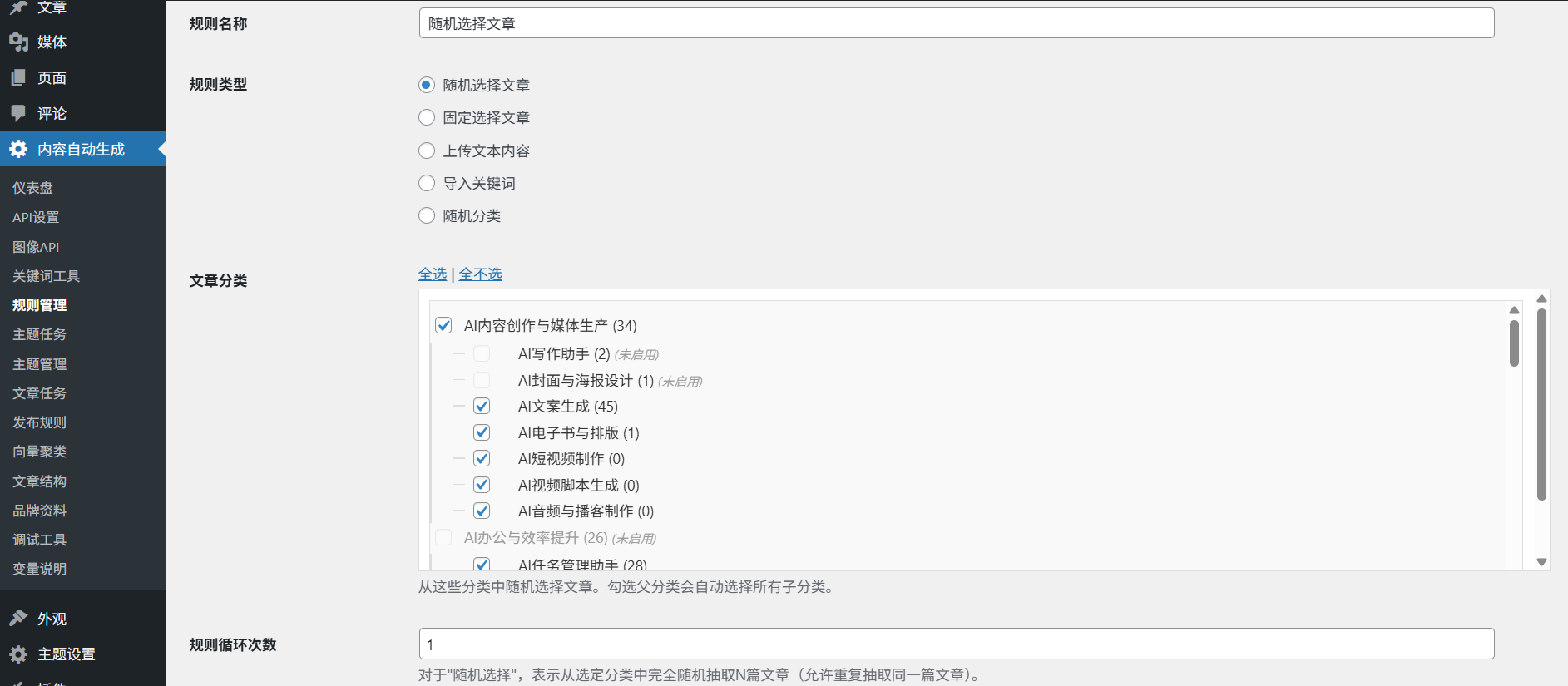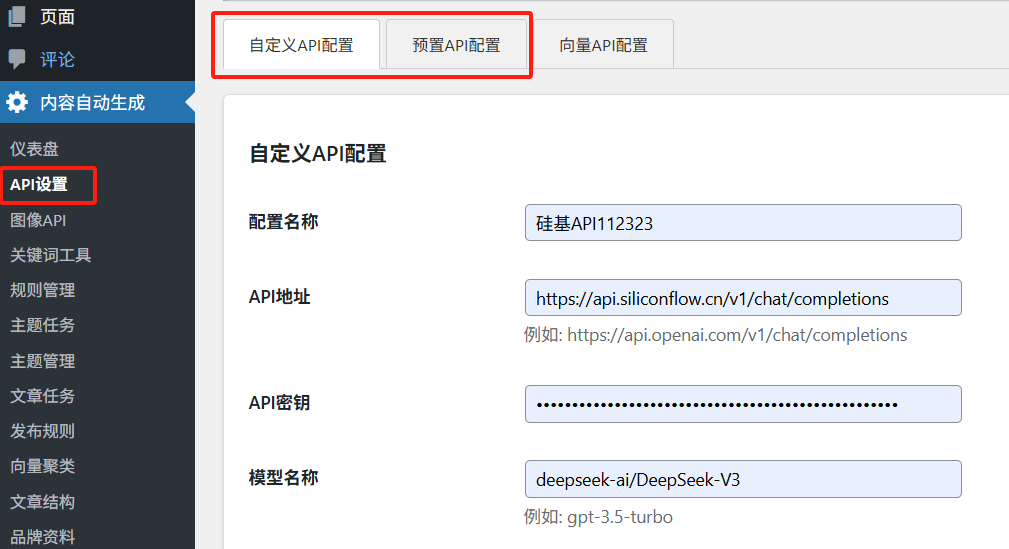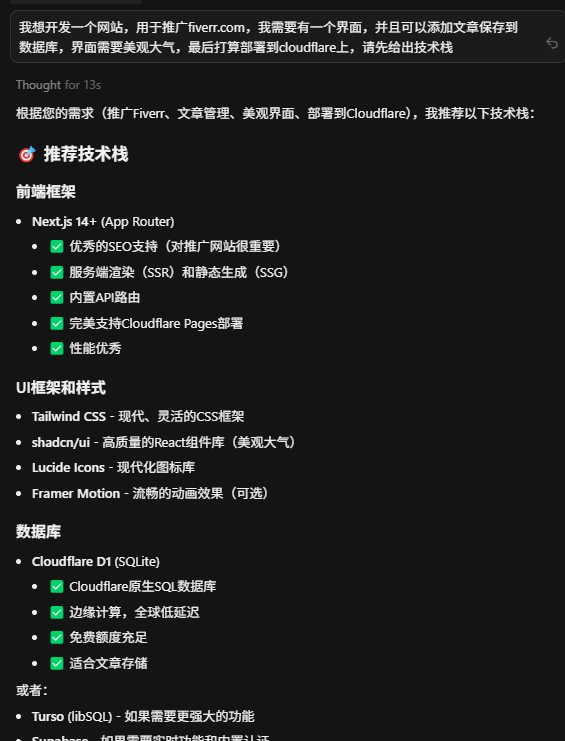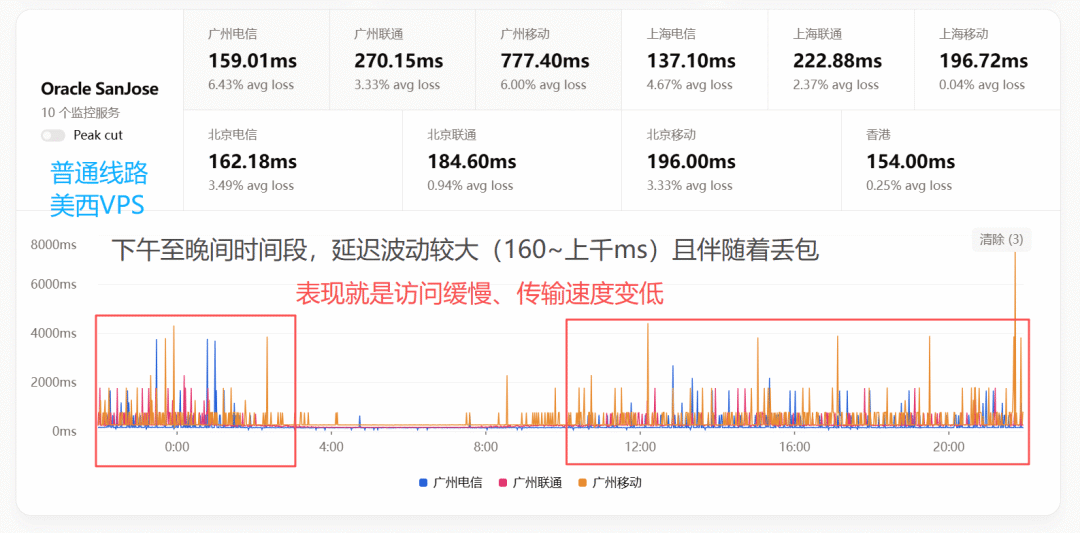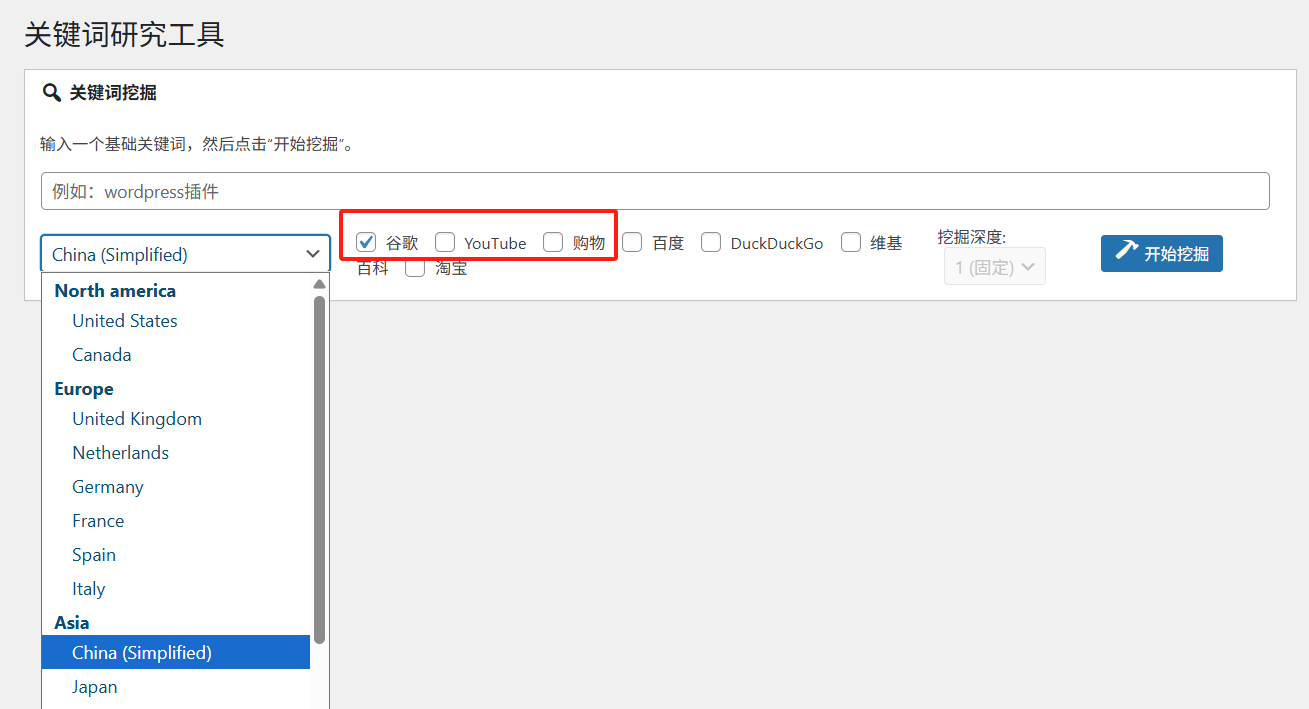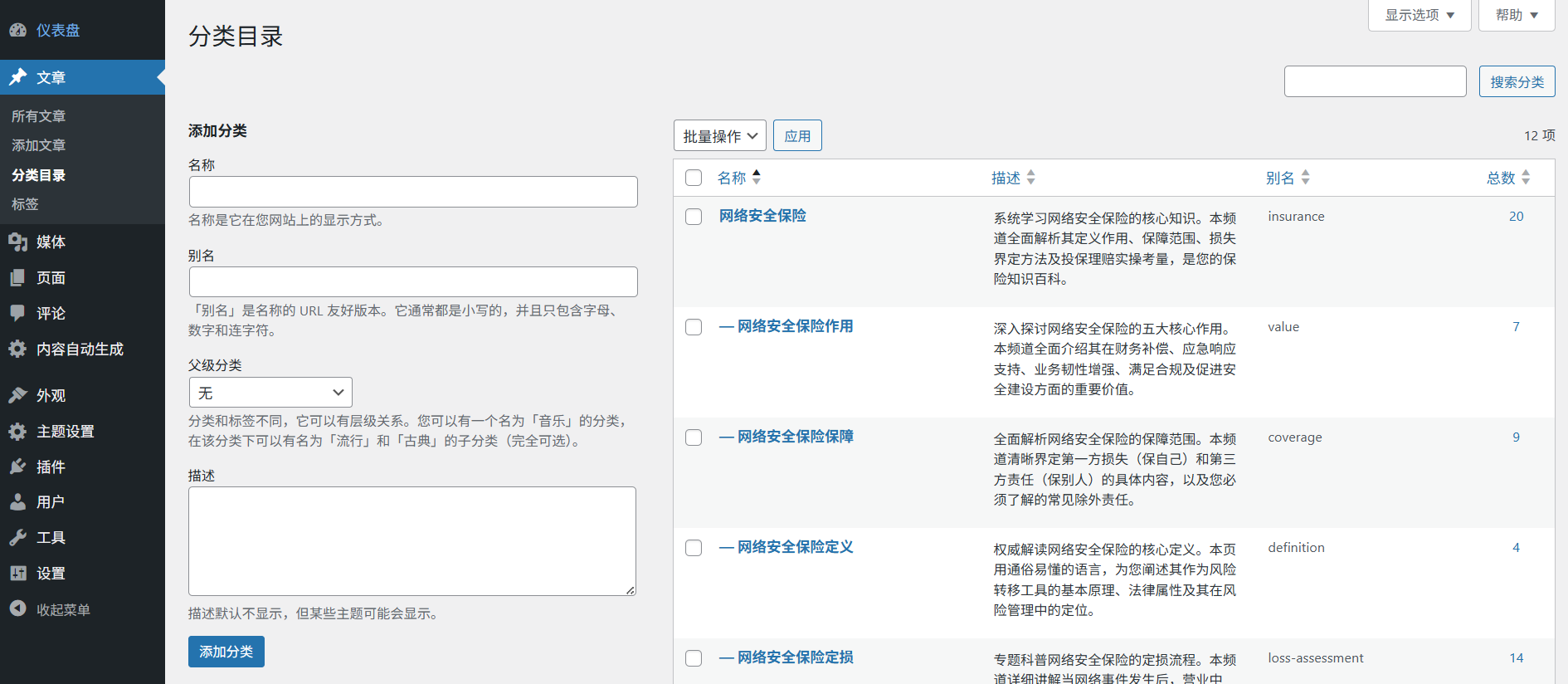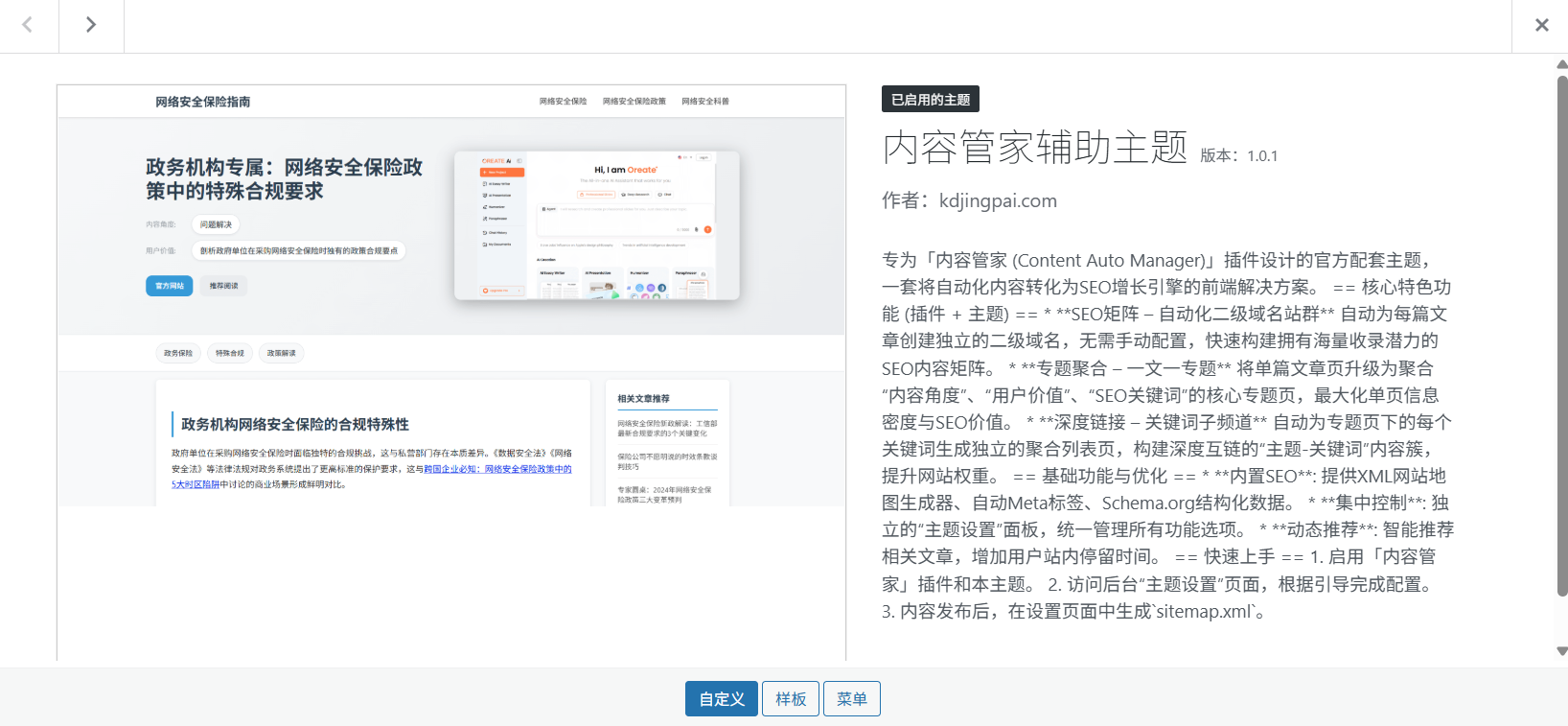Step-by-step implementation program for system integration
The following steps are required to integrate LiteAvatar as an animation engine into a video chat application:
Technology Preparation Phase
- Determine the integration method:
- process-level integration: Calling Python Scripts via subprocess
- service-oriented integration: Wrapping LiteAvatar as a gRPC service
- SDK Integration: Compile core modules as C++ libraries
- Prepare the development environment:
- Install matching PyTorch version (1.12+ recommended)
- Ensure FFmpeg is available (for video streaming processing)
Practical integration steps
- Audio streaming access::
- rewrite
audio_provider.pyImplementing Custom Audio Capture - Or modify main.py to accept WebRTC audio streaming inputs
- rewrite
- Video Output Processing::
- utilization
--output_format rgb_arrayGet raw frame data - Transfer frame data via shared memory or socket
- utilization
- performance optimization::
- start using
--lite_modeTurn off non-essential features - Adjust image resolution to match chat window size
- start using
Best Practice: It is recommended to try process-level integration in a test environment first, and then consider deep coupling options after stabilization.
This answer comes from the articleLiteAvatar: Audio-driven 2D portraits of real-time interactive digital people running at 30fps on the CPUThe













